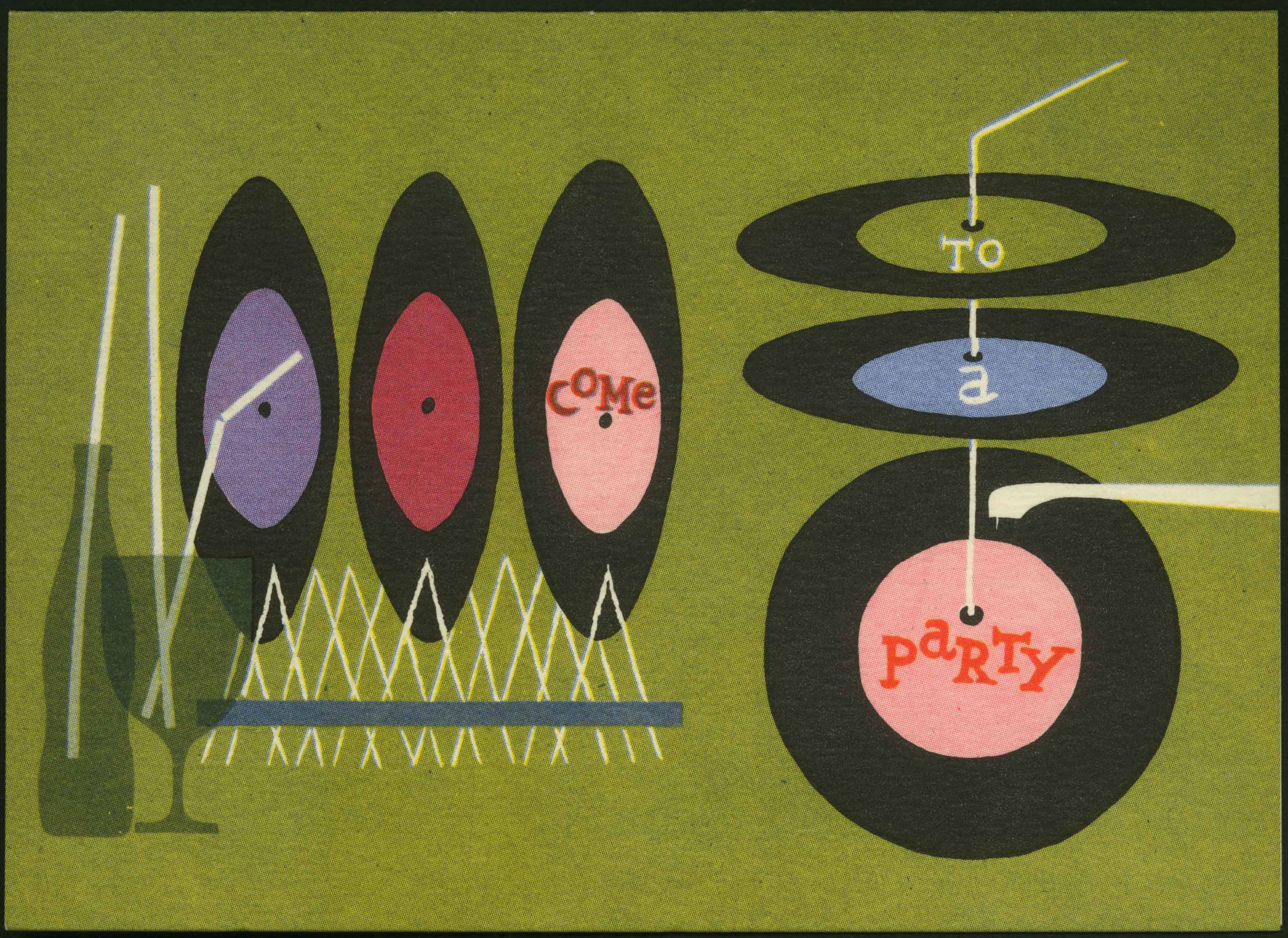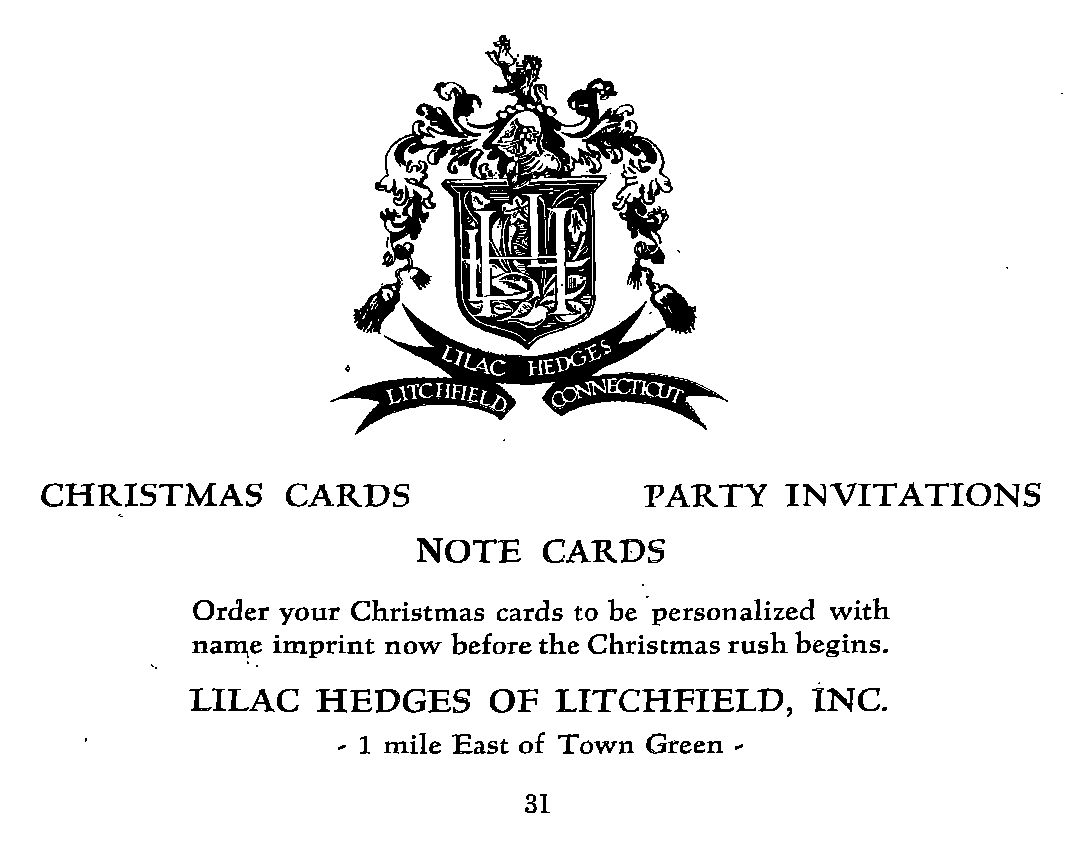Portrait Miniature of Noah Webster by William Verstille (1757-1803) Date: February 12, 1788 Held at: Litchfield Historical Society, Size: 1 7/8″ length x 1 1/2″ width
Noah Webster is the subject of a lecture to be given tomorrow night at 7pm at the Oliver Wolcott Library jointly sponsored by the Litchfield Historical Society and the library. Webster is thought to have studied law in Litchfield with Jedediah Strong. You may recognize Strong’s name from an earlier post on intemperance. Though there is no evidence to suggest that Webster attended Tapping Reeve’s school, it is a common enough question that we included his biography in the Ledger.
Tomorrow’s lecture by author Joshua Kendall will focus on his new book, The Forgotten Founding Father: Noah Webster’s Obsession & the Creation of an American Culture. During the course of his research, Kendall contacted the Society to learn what primary sources we have that might illuminate Webster’s life or career. Like many young men and women who studied here, we have only small traces of his life in our collection. They are, however significant ones. Webster wrote a letter to prominent local physician, Dr. Daniel Sheldon, to request a letter of introduction to Sheldon’s son who was serving as Jefferson’s minister to Paris. Webster intended on traveling there for the purpose of completing and publishing his dictionary. Sheldon replied and included the requested letter, wishing Webster luck on his venture. Another letter to printers in Albany discusses rights for printing Webster’s spelling book. The portrait miniature shown above is the only known image of Noah Webster.
This is a great Archives Month example of how our collections are used. Be sure to check our finding aids and publications catalog for details of our Webster holdings. You can register for the program here.


